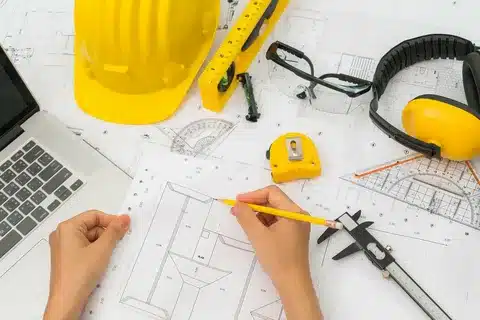A construction project starts with the Estimation and Tendering process. Estimation and tendering are two different processes, but they affect one another. Cost estimation of any construction project serves as a foundation for tendering. A construction tender is an overrepresentation of the client that documents the estimator’s plan for the project. Following are the steps involved in the Estimation and Tendering Process.
LEARN ABOUT COST ESTIMATION AND TENDERING PROCESSES IN THE CONSTRUCTION INDUSTRY TO BOOST YOUR CONSTRUCTION BUSINESS BY CREATING BID-WINNING PROPOSALS!
Understanding Construction Cost Estimation
Generally, it is estimating all the costs attributed to a construction project. It is divided into two areas and those are Direct costs and Indirect costs. Direct costs involve physical work, such as materials and labor. Indirect costs are considered a support for the direct costs and are not directly involved. i.e., rent, utilities, and office expenses. These expenses are further explained in detail:
Material Takeoff
It is a process in which material is quantified, and its cost is estimated. Also, the quality factor is accounted for. Material Takeoff is performed by Assessing and evaluating the parameters of all the tasks in construction, such as areas that include length, width, height, and depth.
Material Cost
To accurately calculate the cost of materials needed in the process of estimation and Tendering is essential. It is done by analyzing all the blueprints, designs, and specifications of a construction project. This enables an estimator to account for each material component. Let an estimator perform the estimation process in more detail. On the other hand, performing estimations based on square foot.
Account for Labor Cost
Labor estimation can be a tricky variable in estimation and Tendering. It is affected by numerous factors, such as :
- Size of the project
- Level of skills required for workforce
- Timeline
- Market trends
- Training costs (if applicable)
It is essential and advantageous to assess and evaluate past projects of a similar nature. By this, labor costs can be predicted quickly and more accurately. Some factors, such as overtime and labor Shortage, must also be accounted for. All the factors, when combined, can accurately predict the labor cost extensively.
Cost of Equipment
Accurately assessing equipment cost in Estimation and Tendering is dirr for a project. It provided compliance and optimization of resources being utilized. It is necessary for equipment cost to be precise. As it makes up for a considerable portion of costs. Some of the factors influencing the calculating equipment costs are:
- What type of equipment a project demands
- For how long equipment is in the market
- What will be advantageous to buy or to purchase
- What is the time frame of the project
Other Expenses
This includes all indirect costs related to construction projects. Such as
- Permit fee
- Security fee
- Administrative fee
- Insurance
- Legal fees
And any other expenses not directly involved physically in the construction process. All of the above and various others are considered overhead expenses. In Construction Estimate, for precisely concluding profit margins, it is vital to determine the aspect of overheads carefully. These expenses are generally overlooked, which can negatively impact the estimation operations. Thus, an estimator must be cautious and pay extra attention to detail in their calculation.
Contingencies
In simple terms, contingencies are secondary plans. They are set in association with original planning. In construction, incidents are prone to happen. A Construction Cost expert must include and apply these plans when necessary.
How Is the Process of Tendering Performed?
A tender proposal will showcase your ability and scheme for the construction of the building. The client will decide which tender to accept. It is essential for a cost estimating service to win as many tenders as possible as it helps to establish a flourishing business. The following are the steps involved in the tender process:
Pre Qualification Questionnaire (PQQ)
In the first steps, the client will define the project’s specifications, the demand, and the scope of the project. Then, PQQ, the pre-qualification questionnaire, is presented to assess tenders. This helps to rule out contractors and estimators as it serves as a framework for evaluation.
A Formal Invite to Tender
Contractors are then invited to bid on the construction project. It may include public or private bids. Some clients may hold briefing sessions with the estimators or on-site visitation. This helps the contractors in forming accurate cost estimations.
Reviewing the Tenders
After the process of estimation, the Tenders are submitted to the client. Clients go through them and pick the one best suited for their project.
Negotiations
A contract is made between the client and contractor to ensure no ambiguity in the business. They negotiate with each other to reach terms that are acceptable to both. Sometimes, the negotiations may fall through, so clients mostly have a backup tender.
Awarding Contracts
After successful negotiations with the client, a contract is formed. In this way, the process of tendering comes to a halt. The estimating firm that presented the most suitable tender wins the project.
WANT TO WIN CLIENTS THROUGH BID PROPOSALS? OUTSOURCE YOUR BID-MAKING PROCESS TO A RELIABLE CONSTRUCTION ESTIMATING FIRM!
Conclusion
To sum it up, understanding the process of estimation and tendering is vital if one wishes to strive in the construction industry. To win more tenders, you need to harness your estimation skills. But that is not all; your proposal needs to be presentable and attractive. You can use various software to achieve these. There are many formats available for a tender. Being competitive in the construction industry means that you have to win more bids!

